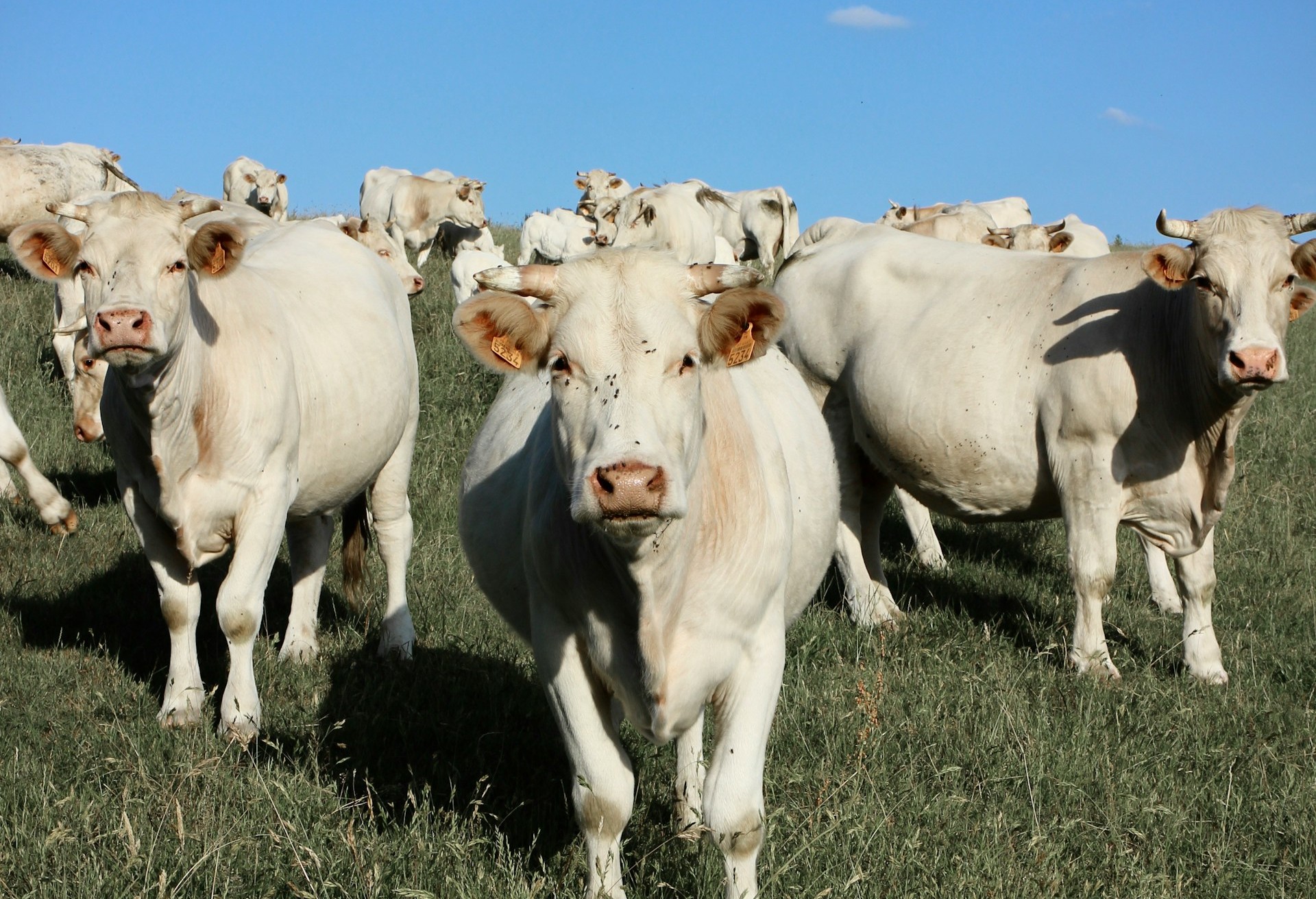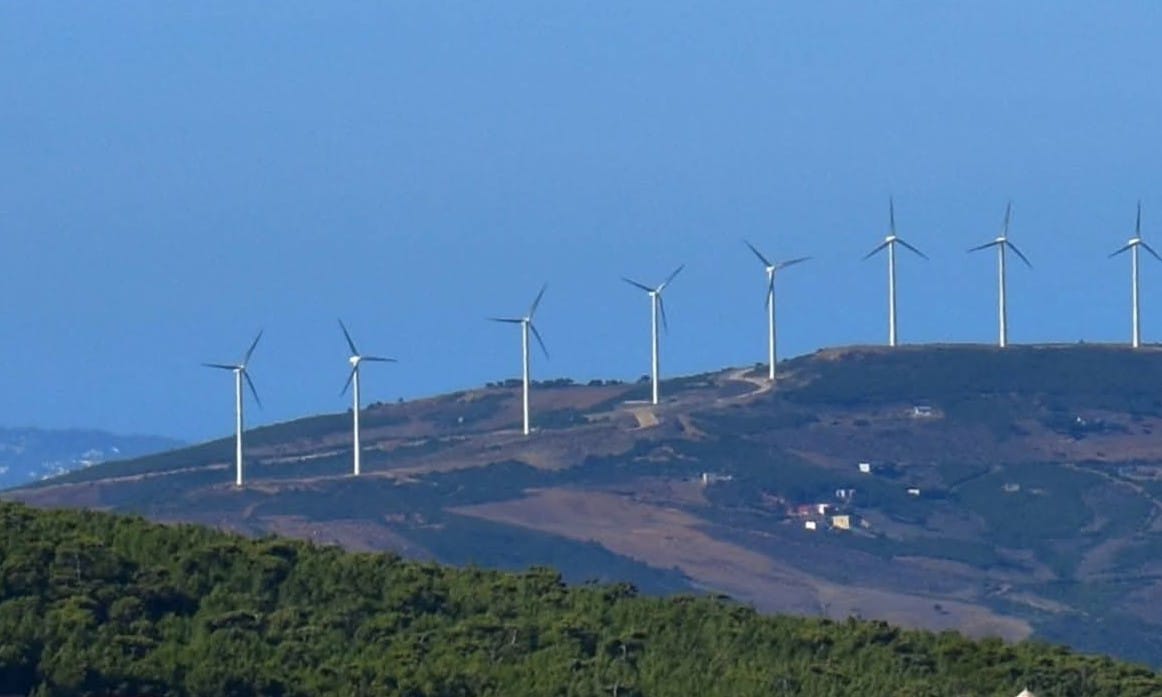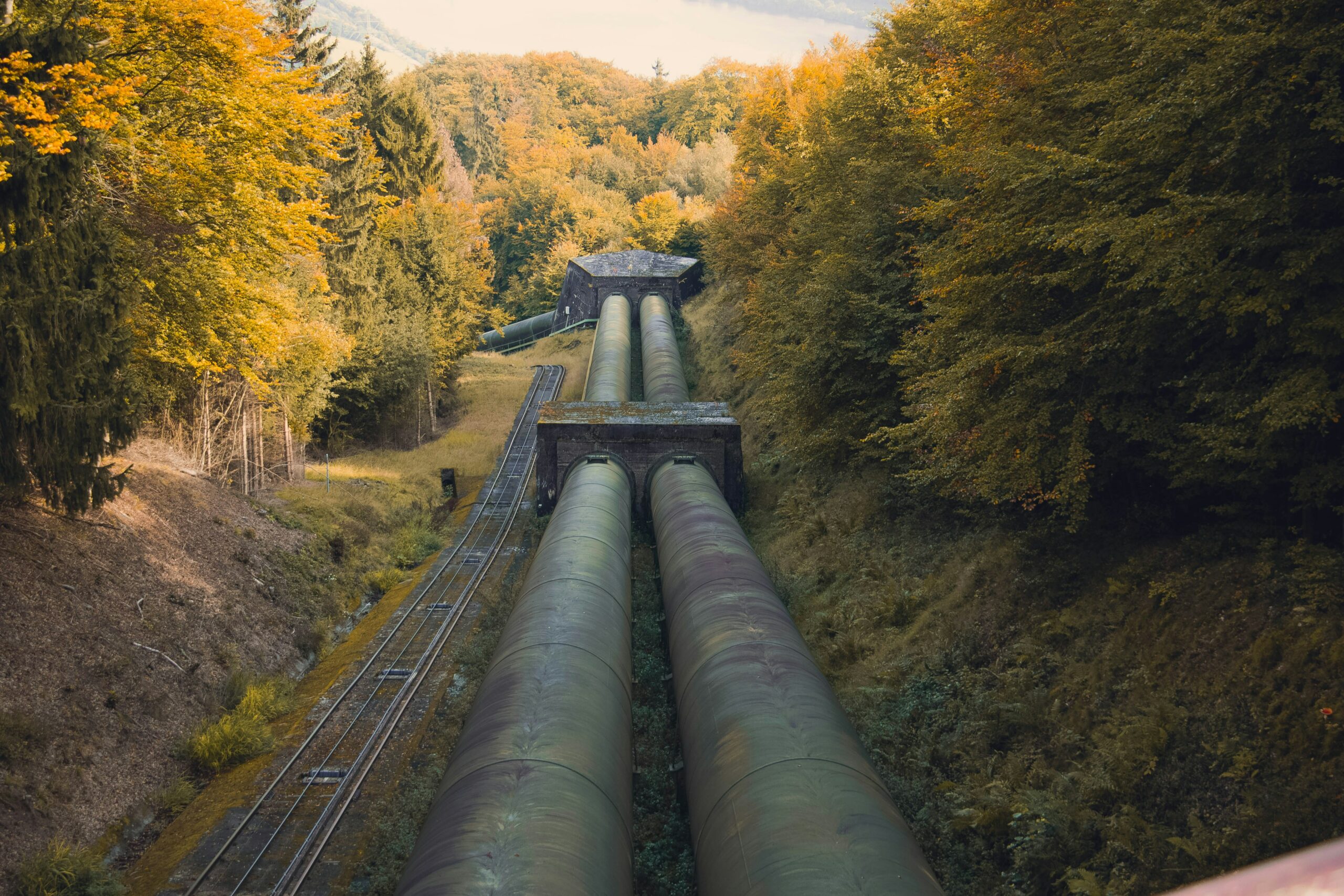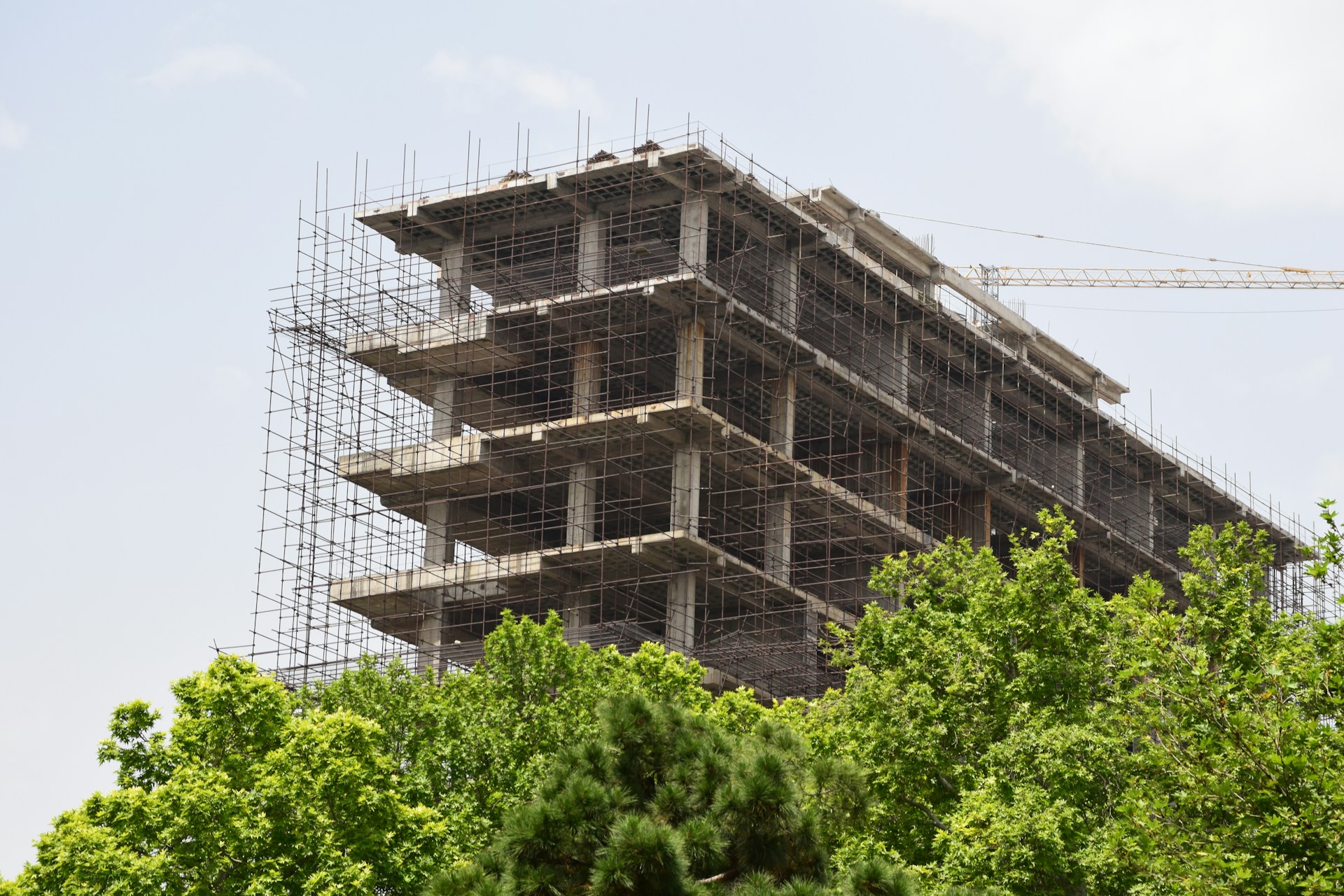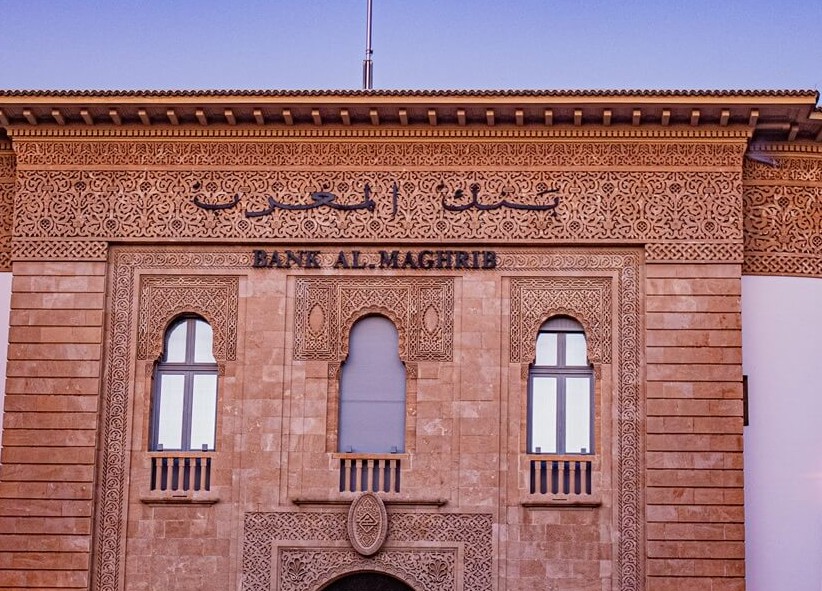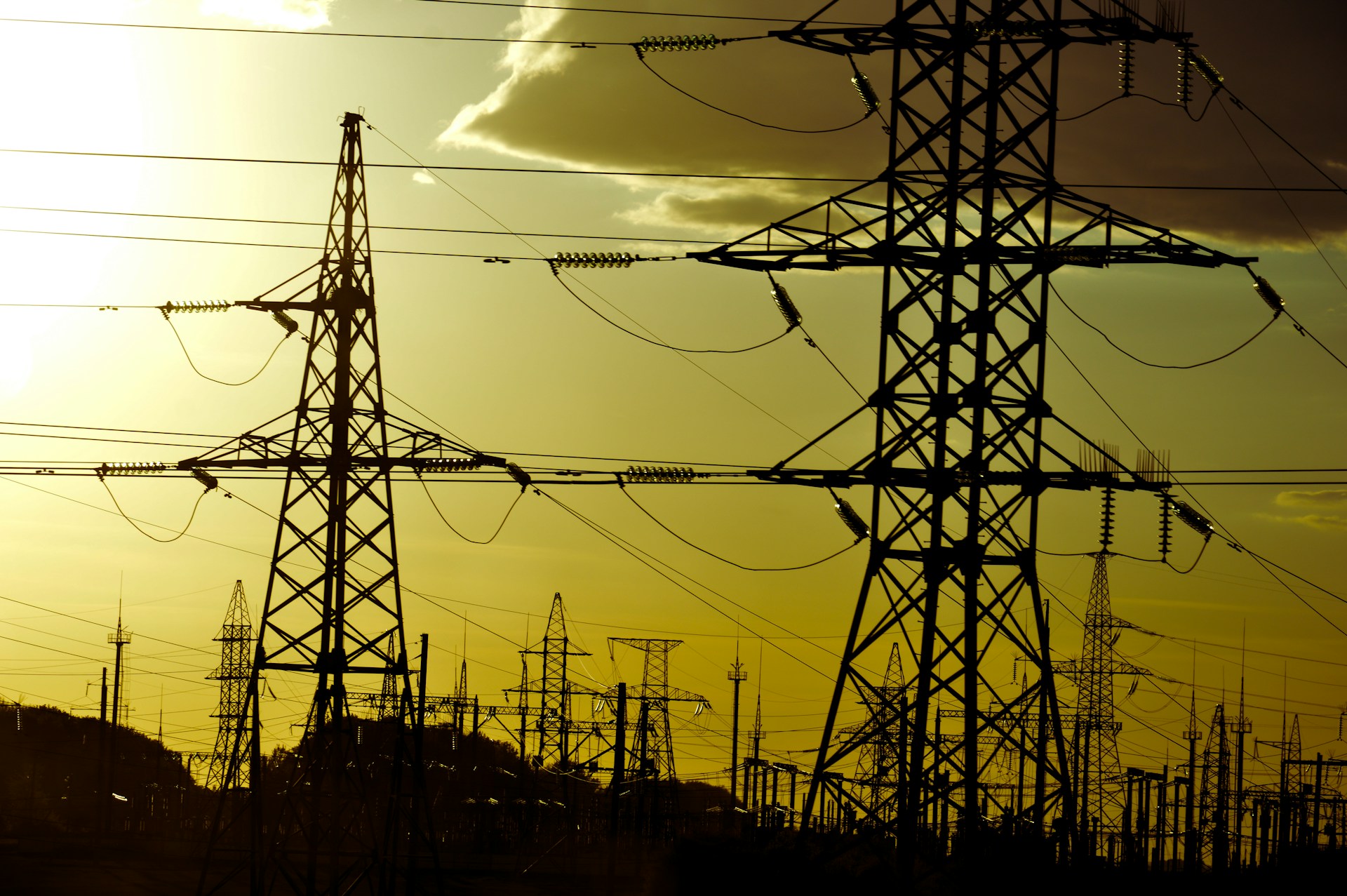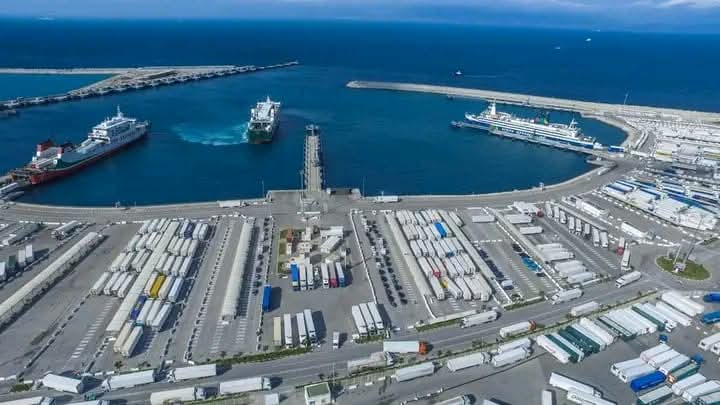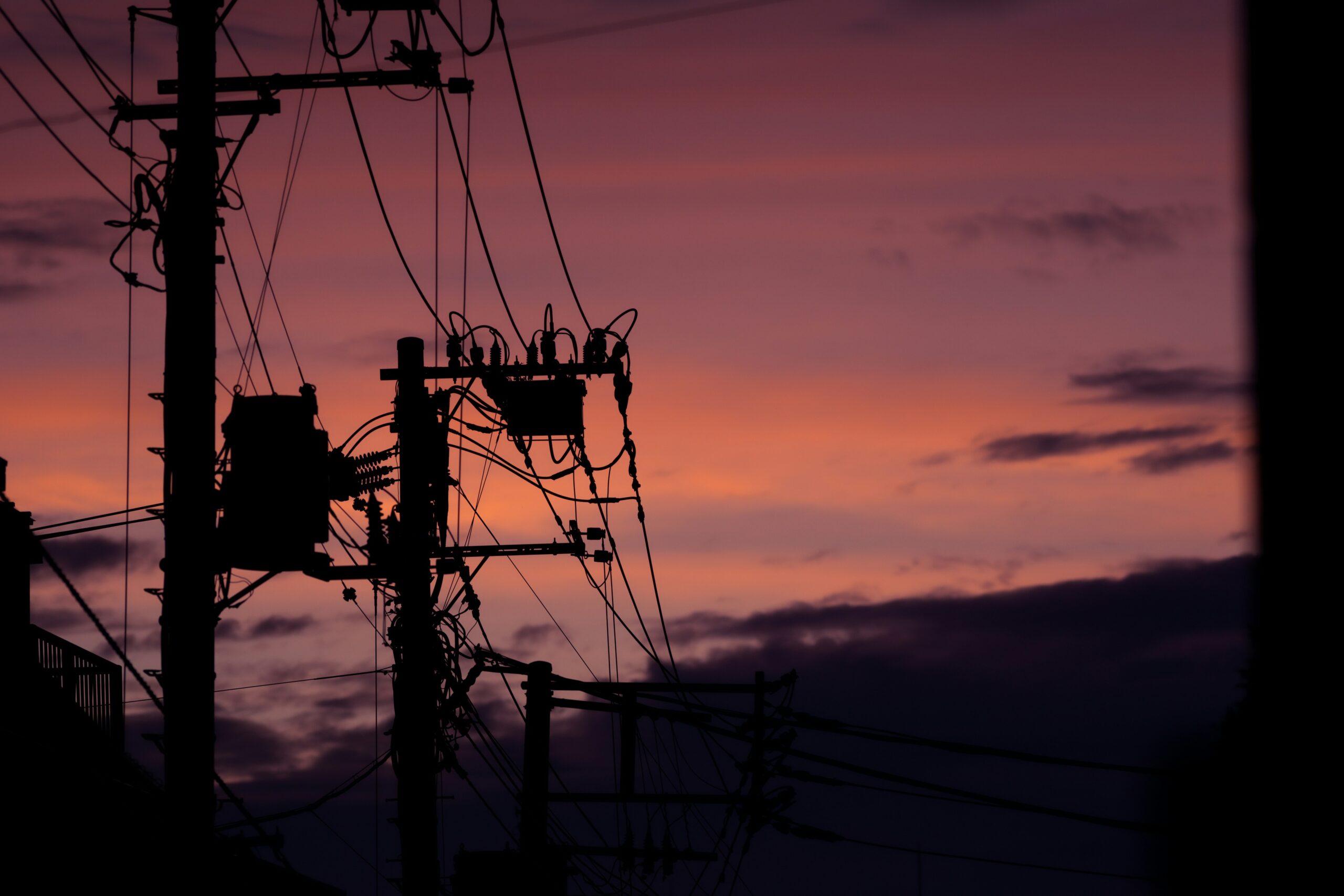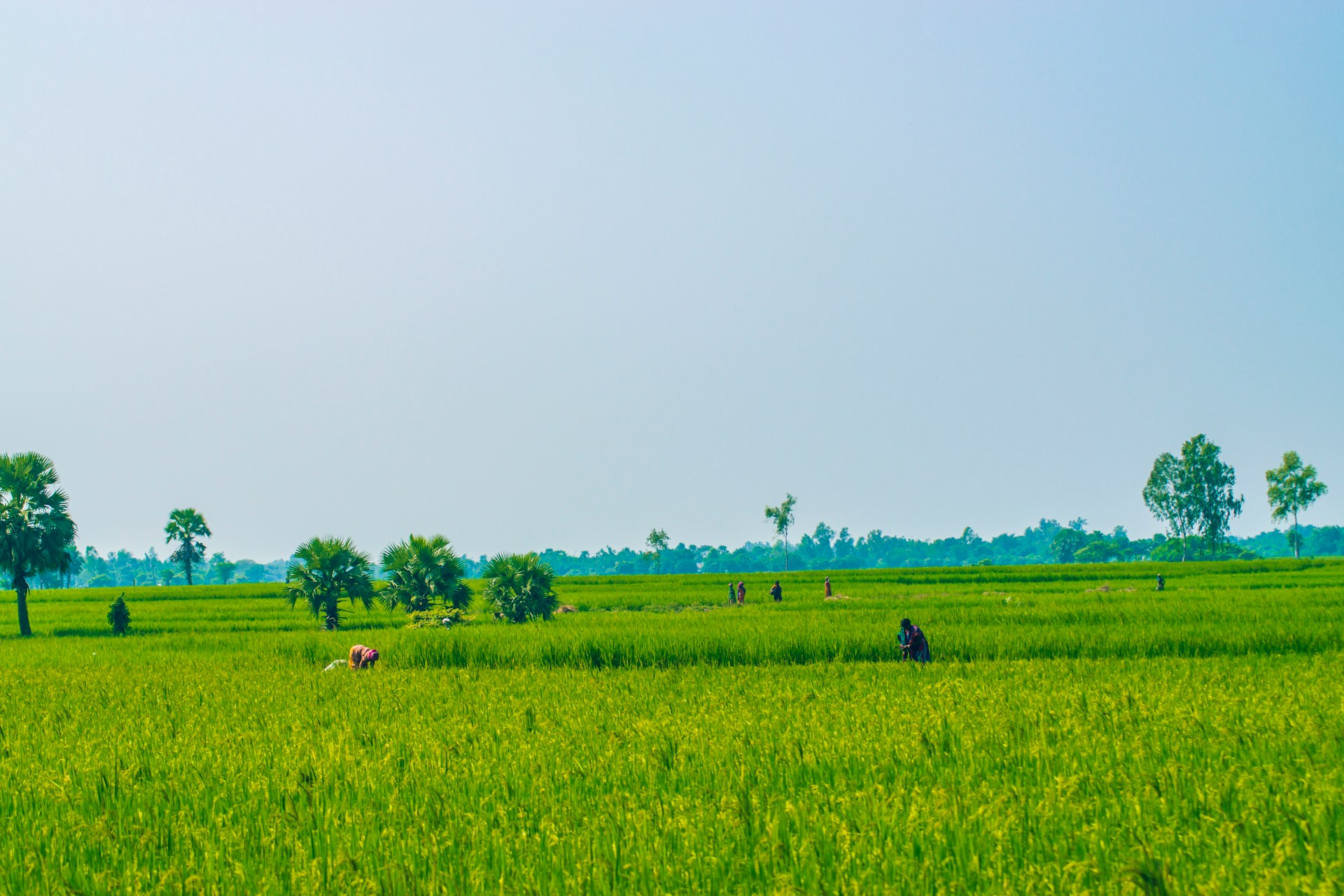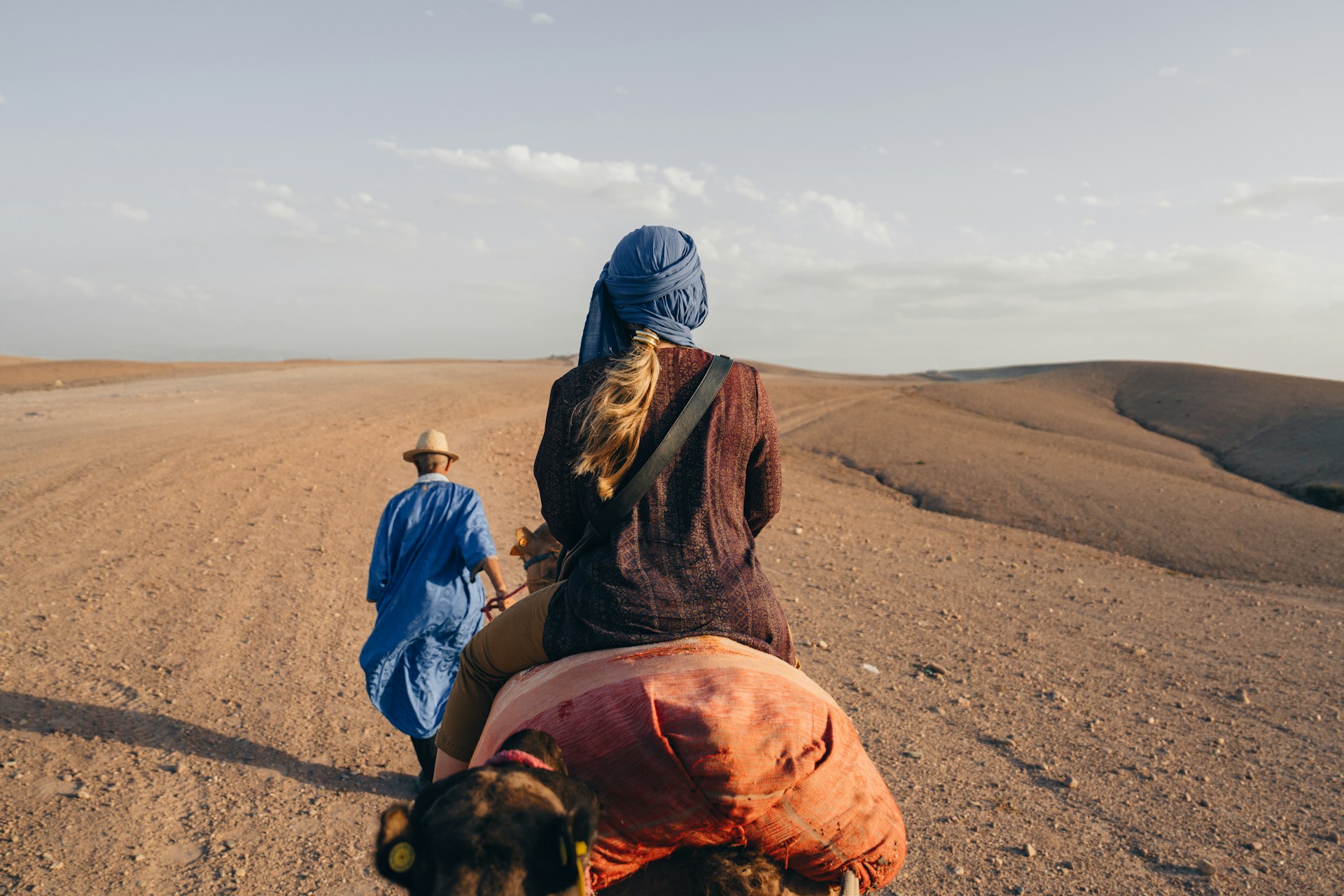Casablanca – Leila Benali, Minister of Energy Transition and Sustainable Development, has announced significant progress on the Morocco-Nigeria gas pipeline, a strategic project aimed at boosting regional economic development and fostering economic integration among the involved countries. The project has now reached the phase of determining its optimal route after the completion of most feasibility and engineering design studies.
Speaking at a public Q&A session in the House of Representatives, Benali detailed that ongoing evaluative and field studies, including environmental and social impact assessments, are crucial to the project’s current stage. The implementation is set to proceed in three stages, beginning with Senegal, followed by Mauritania, and finally Morocco.
The minister emphasized the strategic importance of the Morocco-Nigeria gas pipeline, highlighting its potential to stimulate economic growth and promote integration among participating countries while also connecting the African and European continents. The pipeline is expected to have a capacity of 30 billion cubic meters per year, which is about six times Morocco’s annual gas needs if utilized continuously.
The project’s budget exceeds $25 billion. Several memoranda of understanding were signed in 2022 and 2023, with SVP set to handle financing, construction, and operations following the feasibility study.
ETFAT, a company specializing in topographic studies, has initiated surveys on the northern section of the pipeline, covering Morocco, Mauritania, and Senegal. These topographic studies, continuing until spring 2025, aim to identify the best route for the pipeline, considering technical, geophysical, geotechnical, and land factors. The studies began after a meeting between experts from the Moroccan topographic studies office and representatives from the National Office of Hydrocarbons and Mines (ONHYM) and the Nigerian National Petroleum Corporation (NNPC).
In addition to the pipeline, Benali discussed Morocco’s gas exploration efforts, which have shown promising results in regions such as Gharb, Essaouira, Tendrara, and the Larache coast. While the discovered fields in Gharb are small, the Essaouira basin continues to produce gas under the Meskala concession, supplying the Office Chérifien des Phosphates in Youssoufia. Geological and geophysical studies in the Larache coastal field have confirmed the presence of gas, and further development studies are ongoing. In Tendrara, 10 wells were drilled, with two showing significant quantities of gas, leading to a development concession granted in 2018 to supply the Ain Beni Mathar power plant and connect it to the Maghreb-Europe pipeline.
Regarding energy efficiency, Benali highlighted that Morocco has accelerated the implementation of renewable energy projects, achieving a capacity of 4.6 gigawatts with an investment of approximately $6.2 billion, meeting nearly one-fifth of the national electricity demand. In the first half of the current government’s term, more than 2 gigawatts of renewable energy projects were licensed, representing the largest capacity ever approved by the ministry within two years. This includes industrial zones featuring energy efficiency projects.
The ministry aims, between 2023 and 2027, to enhance Morocco’s position in renewable energy, energy efficiency, and regional integration. By 2027, the goal is to achieve an additional 7.5 gigawatts of renewable energy capacity, excluding green hydrogen and seawater desalination projects. Additionally, the ministry plans to accelerate annual investment in this sector to $1.55 billion by 2027, develop the electrical transmission network with an annual investment of $515,000, and enhance the flexibility of the electrical system by promoting natural gas use. A capacity of 2100 megawatts is planned for this purpose, along with developing storage systems such as pumped storage power stations and battery storage, enabling storage as a service for private sector investment.

